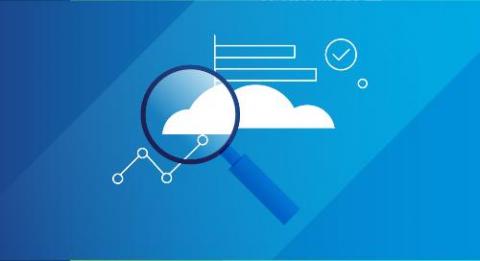What's With All the New Observability Tools?
Organizations struggle with getting the right visibility into their environments. Better visibility can improve performance, increase uptime (or decrease downtime, depending on your perspective) and ultimately improve customer satisfaction. Finding the right tool, however, can be a real challenge. Making matters even worse, vendors seem to be announcing new observability platforms every day.











